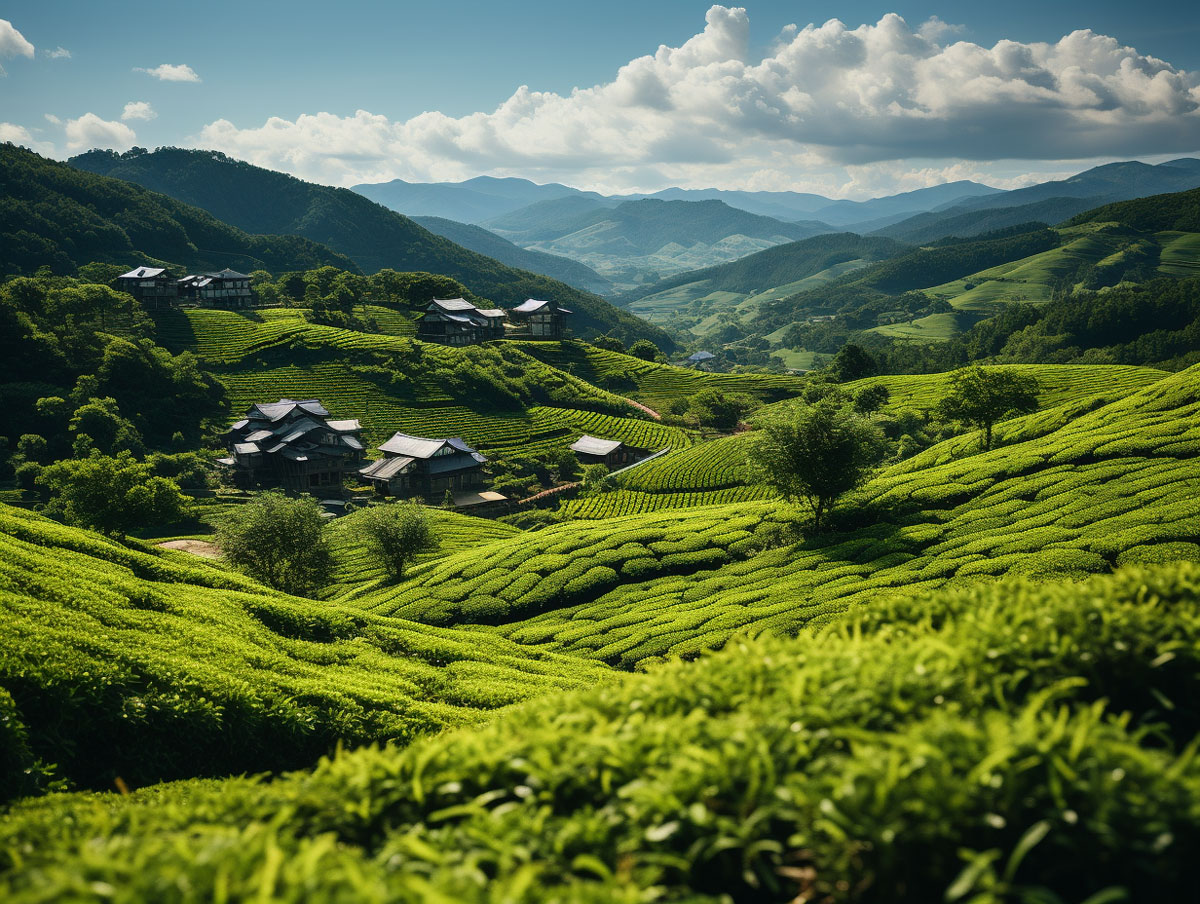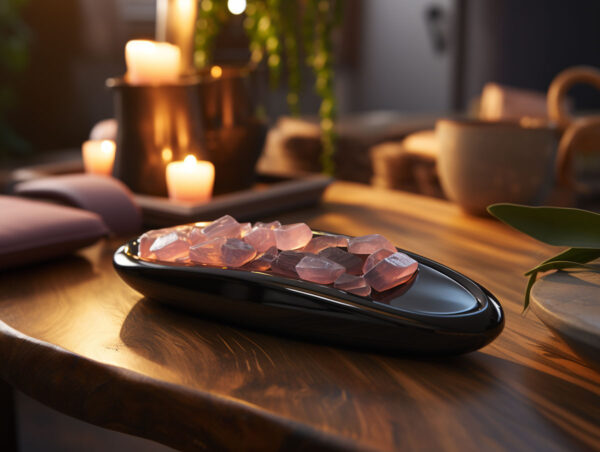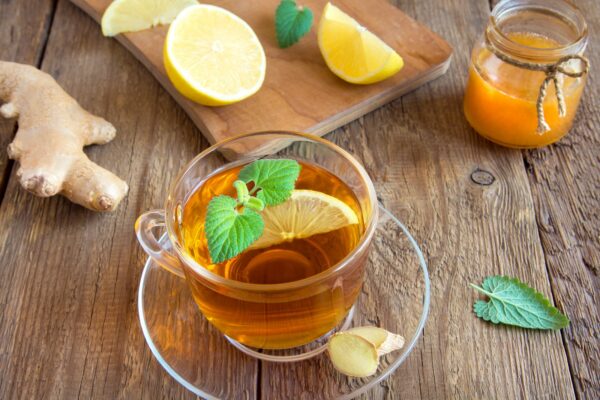Qi » Wellness Blog » Tea Blog » Tea from Jiangxi China

Tea from Jiangxi China
The text provides information about various types of tea from different regions of Jiangxi Province, China. Here’s a summary of the teas mentioned.
Most Popular Teas from Jiangxi
The most popular teas from Jiangxi, China are:
- Lushun Yunwu tea
- Wuyuan Mingle tea
- Jianggang Cuilu tea
- Shanyao Baimei
1. Lushan Yunwu Tea:
- Type: Green Tea.
- Origin: Lushan, Jiangxi.
- History: Invented during the Han Dynasty and later became a tribute tea during the Song Dynasty.
- Characteristics: Grows in a misty environment year-round, resulting in leaves rich in mineral substances. The tea trees are short with fleshy and juicy leaves.
- Processing: Leaves are carefully plucked during the Tomb-Sweeping Festival and processed in workshops or factories.
- Appearance: Soft and fuzzy strips with a fresh scent that darkens with time.
2. Wuyuan Mingmei Tea:
- Type: Green Tea.
- Origin: Wuyuan County, Jiangxi.
- History: Invented in 1958 by tea experts, following traditional processing principles with new technology.
- Characteristics: Grown in a hot and humid environment, making it “young.” Leaves are plucked on sunny days.
- Processing: Leaves are dehydrated in a hot wok, rolled, and baked on cotton cloth.
- Appearance: Wrinkly dark green strips that spread out and create a light green tea when steeped.
3. Jinggang Cuilu Tea:
- Type: Green Tea.
- Origin: Jinggang Mountains, Jiangxi.
- Characteristics: Grown in the Jinggang Mountains with distinctive seasons, tall tea trees with fewer branches, and abundant sunshine.
- Processing: Cuilu tea leaves are long and curly with heavy silver fuzz. The repeated rolling step during processing gives it its curly shape.
- Aroma: Known for its long-lasting aroma, sometimes called the “scent from the mountain.”
4. Shangyao Baimei Tea:
- Type: Green Tea.
- Origin: Shangyao City, Jiangxi.
- History: Tea history dates back to the Tang Dynasty.
- Characteristics: Baimei tea leaves are long, fuzzy strips, resembling old people’s eyebrows. The tea water is green as emeralds.
- Processing: Similar to other green teas, including stirring, rolling, and baking.
- Unique Feature: Developed from a tea tree breed called Damianbai, which has fuzzy leaves.
Alex Wolfgram
Alex Wolfgram is the creator of Qiful Life. After spending nearly a decade in Asia learning Qigong, Meditation, Tea Chinese Medicine concepts and Buddhism, he decided to move back to the U.S. and begin sharing what he absorbed. Alex currently teaches Qigong and Meditation by private appointments via Qiful Life's platform. He also hand picks each of the teas offered on the site. Currently, Alex is developing the Qiful Life podcast covering subjects related to Chinese health concepts, Spirituality and the Dao De Jing.






